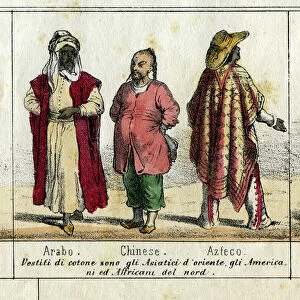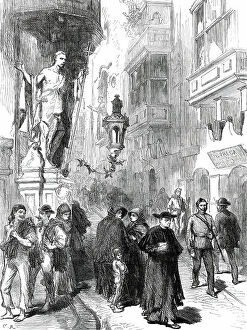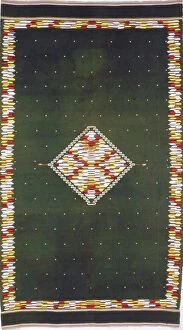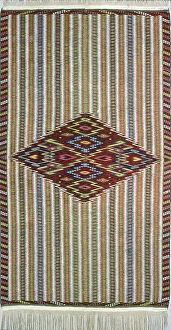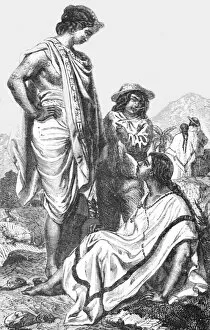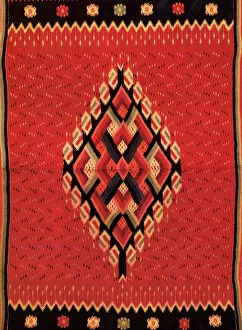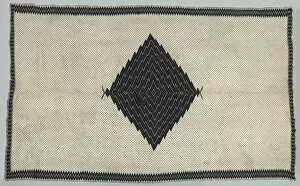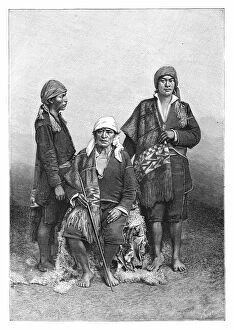Sarape Collection
Sarape, a traditional Mexican blanket with vibrant colors and intricate patterns, is not just a piece of fabric but a symbol of culture and heritage
For sale as Licensed Images
Choose your image, Select your licence and Download the media
Sarape, a traditional Mexican blanket with vibrant colors and intricate patterns, is not just a piece of fabric but a symbol of culture and heritage. The history of the sarape dates back centuries, originating from indigenous communities who used it for warmth and protection against the elements. Today, the sarape has become an iconic symbol of Mexican identity, often seen in celebrations and festivals. Its bold colors and unique designs make it a popular fashion statement, worn proudly by people around the world. Whether draped over shoulders or hung as decoration, the sarape represents tradition, craftsmanship, and pride in one's roots. Embrace the beauty and history of the sarape – a true masterpiece that transcends time and borders.

